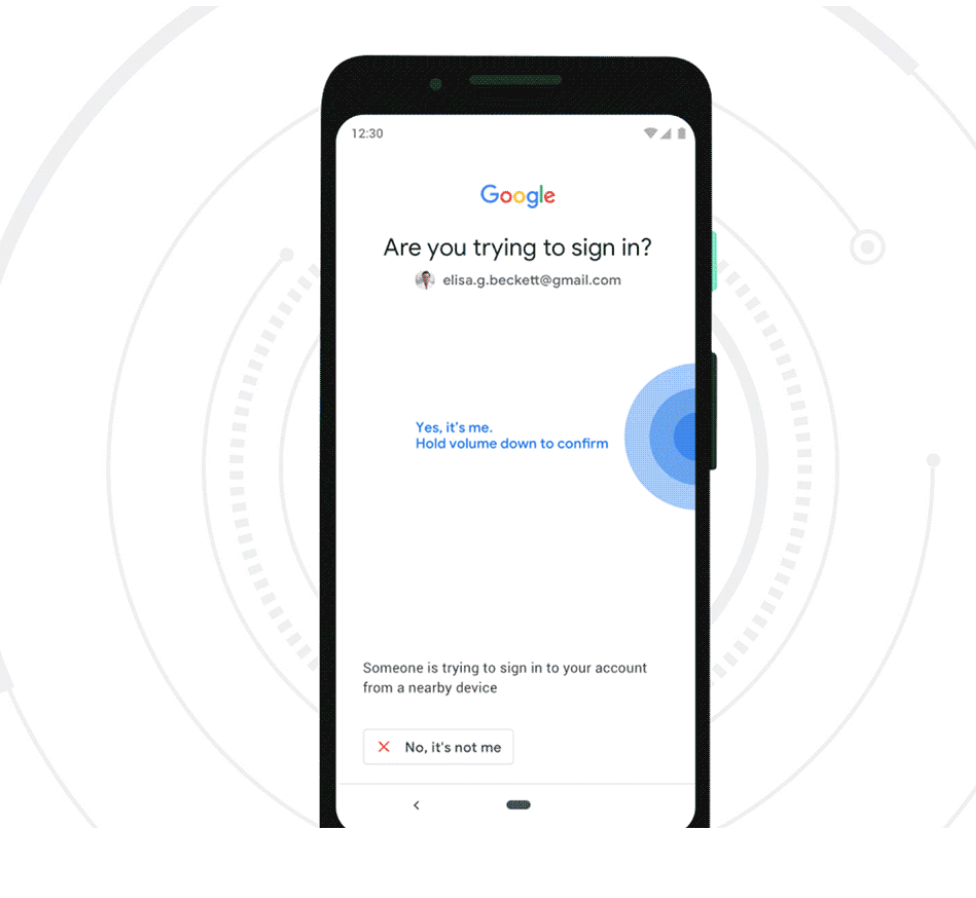IBM Security X-Force Threat Researchers have discovered a new variant of the RansomExx ransomware that has been rewritten in the Rust programming language, joining a growing trend of ransomware developers switching to the language.
Malware written in Rust often benefits from lower AV detection rates (compared to those written in more common languages) and this may have been the primary reason to use the language. For example, the sample analyzed in this report was not detected as malicious in the VirusTotal platform for at least 2 weeks after its initial submission. As of the time of writing, the new sample is still only detected by 14 out of the 60+ AV providers represented in the platform.
RansomExx is operated by the DefrayX threat actor group (Hive0091), which is also known for the PyXie malware, Vatet loader, and Defray ransomware strains. The newly discovered ransomware version is named RansomExx2 according to strings found within the ransomware and is designed to run on the Linux operating system. The group has historically released both Linux and Windows versions of their ransomware, so it is likely that a Windows version is also in the works.
RansomExx2 has been completely rewritten using Rust, but otherwise, its functionality is similar to its C++ predecessor. It requires a list of target directories to encrypt to be passed as command line parameters and then encrypts files using AES-256, with RSA used to protect the encryption keys.
The Rust programming language has been steadily increasing in popularity among malware developers over the course of the past year, thanks to its cross-platform support and low AV detection rates. Like the Go programming language, which has experienced a similar surge in usage by threat actors over the past few years, Rust’s compilation process also results in more complex binaries that can be more time-consuming to analyse for reverse engineers.
Several ransomware developers have released Rust versions of their malware including BlackCat, Hive, and Zeon, with RansomExx2 being the most recent addition. X-Force has also analysed an ITG23 crypter written in Rust, along with the CargoBay family of backdoors and downloaders.
Analysis
The newly identified RansomExx2 sample has MD5 hash 377C6292E0852AFEB4BD22CA78000685 and is a Linux executable written in the Rust programming language.
Notable source code path strings within the binary indicate that the ransomware is a variant of RansomExx and likely named RansomExx2.
| /mnt/z/coding/aproject/ransomexx2/ransomexx/src/parallel_iter.rs
ransomexx/src/ciphers/aes256_impl.rs ransomexx/src/footer.rs ransomexx/src/logic.rs ransomexx/src/ransom_data.rs |
The website operated by the ransomware group has also been updated with the page title now listed as ‘ransomexx2’.

Overall, the functionality of this ransomware variant is very similar to previous RansomExx Linux variants.
The ransomware expects to receive a list of directory paths to encrypt as input. If no arguments are passed to it, then it does not encrypt anything. The following command line format is required by the ransomware in order to execute correctly.
| <ransomexx2_sample> –do <target_path_to_encrypt> [<additional_paths_to_encrypt> (optional)] |
Upon execution, the ransomware iterates through the specified directories, enumerating and encrypting files. All files greater than or equal to 40 bytes are encrypted, with the exception of the ransom notes and any previously encrypted files.
Each encrypted file is given a new file extension. It is common for RansomExx ransomware file extensions to be based on a variation of the target company name, sometimes followed by the numbers such as ‘911’ or random characters.
A ransom note is dropped in each directory where file encryption occurs. The ransom note is named:
| !_WHY_FILES_ARE_ENCRYPTED_!.txt |
The contents of this note are as follows:
| Hello!
First of all it is just a business and the only thing we are interested in is money. All your data was encrypted. Please don’t try to modify or rename any of encrypted files, because it can result in serious data loss and decryption failure. Here is your personal link with full information regarding this accident (use Tor browser): http://rnsm777cdsjrsdlbs4v5qoeppu3px6sb2igmh53jzrx7ipcrbjz5b2ad.onion/<victim_id>/ |
Files are encrypted using AES-256 and a randomly generated key. The AES key is itself encrypted using RSA and a hardcoded public key, and appended to the end of the encrypted file. As a result of this encryption method, the corresponding RSA private key, held by the attacker, would be required to decrypt the files.
The following RSA public key was used in the analysed sample:
| —–BEGIN PUBLIC KEY—–
MIICIjANBgkqhkiG9w0BAQEFAAOCAg8AMIICCgKCAgEAnU8bw0DQKJjkX1QWFUM8 o52NWkUNz4zvrGRJEwhGpJZ99ho0A/BqG5kK7X9pq3GOICD3+6g928JBo6d/3cNM Ql5lS0LaZN3bxgiNPCWFEnYjLAagRMmi8unfZmGLjc3DDKT62Q0hrI86s1zB3ZhX 6biNhXmwMaKEenpuqRBzGDqmIP9Uc9jK75SqF9T7nK1L9j+nKhYqWpeRDjDuvYPY XHdstU0TN/OmKvPosiQaIrcIs2MNQXP7rLtMbr9knJucwLymCkF+IpMky/NTKt3u DR+OJZZMSbmWCBATmz7P9E9Vp8jwrLzhMzEgs0G8yeseMQ2ZpZEm+MKabqkro74M xldocxoK2AL51ZE8c5TLYGOYbG2PAsdk/rlyRDk1diI07mCw/R4RlPcJRFDJO1eF b1A8yp6pQjD7rg+Y38b0Z8AZzmf3aKj2B8sHOtKoNR8hKJQRtWhqKAgpQtsJY81/ 2SaMLdU7yOqY34QWrGwiRei1WoJKzeyMvJjzmbTbYQYePxlbWeoV/fJ0P0IboYPH iZ+WzXGG5Cxf7+zfZiCrbZuMqgCZdqc6ntQRcZqvw66a2Pxx4dO8AmGmxIJNzDnK lA6CHTwDeH7BgzYDD3IJxA7ofAAzqpw8H2eyRxsqLKTI2SAnmFqk85xpxWptmhOS BshihPaOu5a2ZXaPDeg6Lw8CAwEAAQ== —–END PUBLIC KEY—– |
Elements such as RSA key, file extension, and the ransomware note name and contents, are encrypted within the binary and decrypted by xoring the encrypted data with an equal-sized key.
Conclusion
X-Force assesses it is highly likely that more threat actors will experiment with Rust going forward. RansomExx is yet another major ransomware family to switch to Rust in 2022 (following similar efforts with Hive and Blackcat). While these latest changes by RansomExx may not represent a significant upgrade in functionality, the switch to Rust suggests a continued focus on the development and innovation of the ransomware by the group, and continued attempts to evade detection.










 Settings within the Facebook for Android app
Settings within the Facebook for Android app